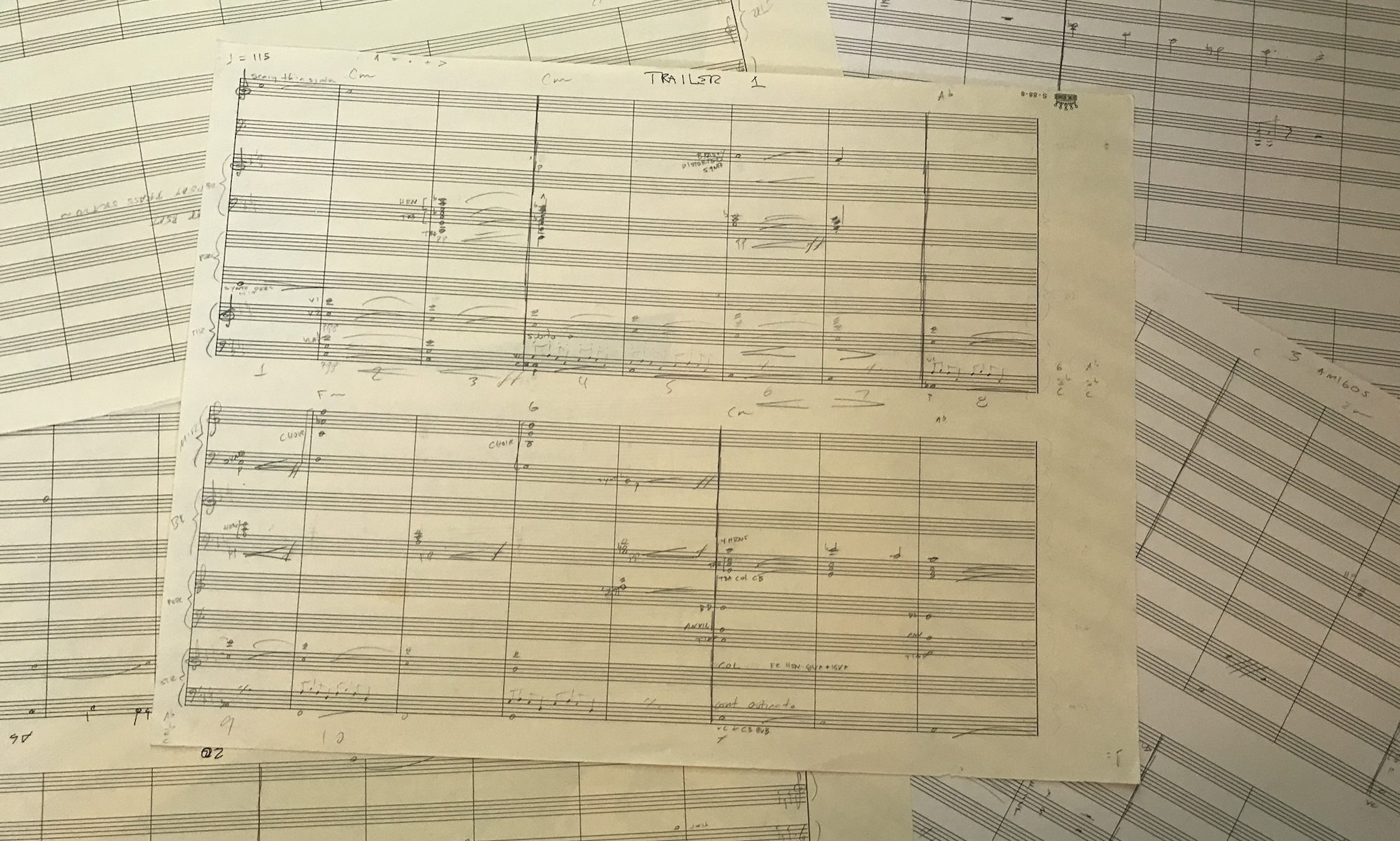The art of composing music has long been regarded as a lofty goal that is unattainable by most mere mortals. Only those who were born with superior natural talent were allowed to attempt it, while the rest of us were left to watch from the sidelines. I remember when I dared to enroll in my first composition class. I thought for sure the other members of the class would be so much more advanced than me that I would give up composing after one semester. Now, decades later I am still composing.
What I am hoping to give you here is something that I never had – clear roadmap. Even after I had a graduate level degree in composing from a top university and even after I had written and conducted for symphony orchestra, I still found myself struggling in some very basic situations. Can I really write this note against this chord? Will this harmony work? With so much knowledge sometimes it seemed like the simplest problems were the hardest. It was only after years of writing professionally that I finally started to codify my ideas into something usable and teachable.
In most composition classes, at least the ones I experienced, there is little or no guidance. The teacher basically asks everyone to go and write something, then at the next class there is a roundtable discussion about whether the piece worked or not. Basically we were supposed to go get lost in the woods and then somehow find our way back. The problem with this approach is that the reason you sign up for a composition class in the first place is because you are already lost.
This material is designed to provide you with the tools necessary to compose music. These tools will hopefully allow you to turn your creative ideas into a finished product. The methods presented here are very useful and can cover hundreds of different situations. They have been tested under the harshest conditions possible and have delivered many a finished product on time. I hope you will enjoy learning them as much as I have.
We are mainly interested in techniques, that is, specific step by step methods used to get a particular job done. Realize that technique is not a dirty word. It is not the opposite of creativity. It goes hand in hand with the creative process to turn ideas into concrete things. Mastering the techniques given here will not limit you, but instead will free you and inspire you with new ideas.
This material is highly condensed. Each chapter is worthy of at least a month or a year of study. For that reason, take the time to really investigate the meaning of what is being presented. Experiment with the ideas. Try them out in different contexts. Develop them further and add your own creative spark. After you’ve done this, revisit them in the future.
Realize also that you do not have to be a musical expert in order to use this material. The first few chapters are designed to help you build a solid foundation so that even if you are a beginner, you can be writing beautiful melodies within a few weeks.
